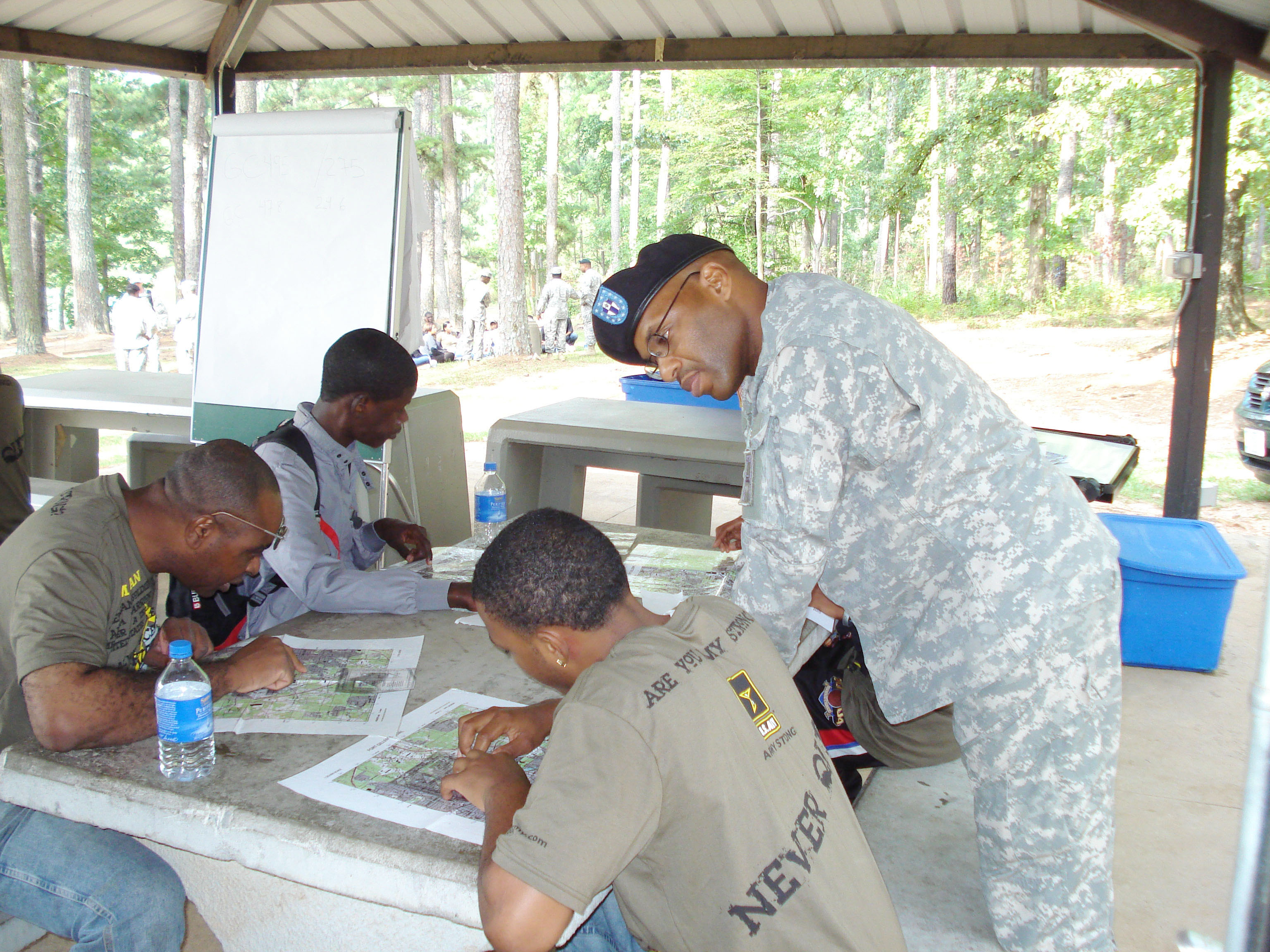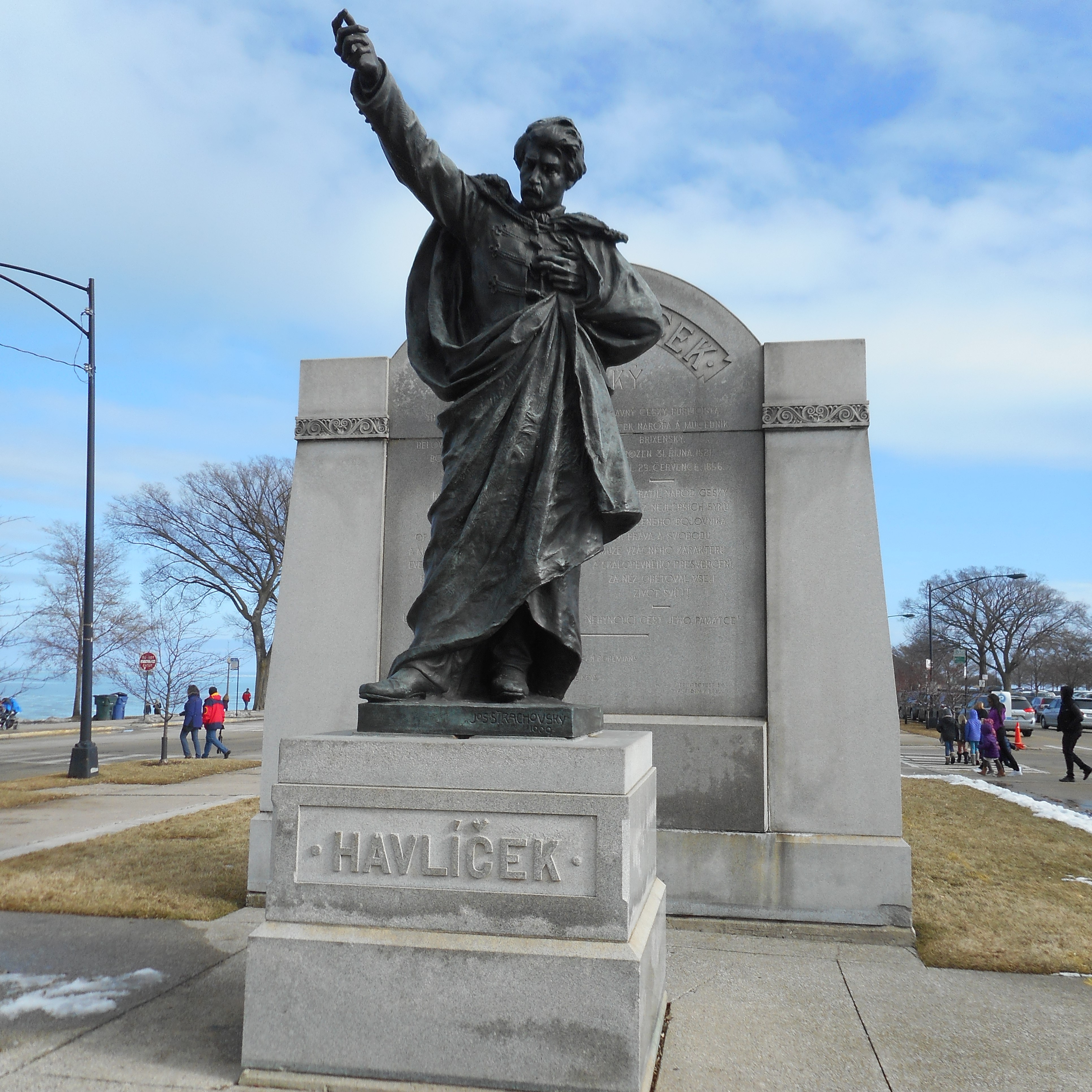|
Jan Erazim Vocel
Jan Erazim Vocel (23 August 1803 – 16 September 1871) was a Czech poet, archaeologist, historian and cultural revivalist. Though as heir to his father's trade he was to become a baker, his parents, observing his youthful enthusiasm for Gothic history, eventually heeded his academic calling.Vélová, L.Jan Erazim Vocel (1802–1871) Archeologie na dosah, August 1, 2012. Early life Vocel was born in Kutná Hora. At 14 he moved to Prague to attend a Piarist college-preparatory high school. Concomitantly he attended philosophy lectures at Charles University. Already by that time he had begun writing fiction, of which efforts only two complete works survive—''Krvočíše'' (Bloodshot), a romance about growing grapes in celebration of Charles IV (King of Bohemia and Holy Roman Emperor), and ''Harp'' (1875), a tragedy. On graduating, Vocel departed from Prague to Vienna, where he studied philosophy and law. In order to support himself and assist his family, Vocel accepted tutoring ap ... [...More Info...] [...Related Items...] OR: [Wikipedia] [Google] [Baidu] |
Jan Vilímek
Jan Vilímek (german: Johann Vilimek; 1 January 1860 – 15 April 1938) was a Czech illustrator and Painting, painter. Vilímek was born on 1 January 1860 in Žamberk, Bohemia. He created many portraits of famous personalities from Bohemia and other Slavic peoples, Slavonic nations. During the 1880s, these portraits were regularly published in magazines such as ''Humoristické Listy'', ''Zlatá Praha'' and ''Světozor''. In the 1890s, some of these illustrations were assembled into a book, ''České album''. He died on 15 April 1938 in Vienna. Jan Vilímek - Bedřich Smetana.jpg, Bedřich Smetana Jan Vilímek - Jan Neruda.jpg, Jan Neruda Jan Vilímek - Ignacy Jan Paderewski.jpg, Ignacy Jan Paderewski File:Jan Vilímek - Antonín Dvořák.jpg, Antonín Dvořák External links * :cs:Seznam portrétů Jana Vilímka, List of Vilímek's portraits on Czech Wikipedia (incomplete, sorted by source, with links to digitized images on commons:Jan Vilímek, Wikimedia Commons an ... [...More Info...] [...Related Items...] OR: [Wikipedia] [Google] [Baidu] |
Mentorship
Mentorship is the influence, guidance, or direction given by a mentor. A mentor is someone who teaches or gives help and advice to a less experienced and often younger person. In an organizational setting, a mentor influences the personal and professional growth of a mentee. Most traditional mentorships involve having senior employees mentor more junior employees, but mentors do not necessarily have to be more senior than the people they mentor. What matters is that mentors have experience that others can learn from. According to the Business Dictionary, a mentor is a senior or more experienced person who is assigned to function as an advisor, counsellor, or guide to a junior or trainee. The mentor is responsible for offering help and feedback to the person under their supervision. A mentor's role, according to this definition, is to use their experience to help a junior employee by supporting them in their work and career, providing comments on their work, and, most crucially, ... [...More Info...] [...Related Items...] OR: [Wikipedia] [Google] [Baidu] |
Česká Televize
Czech Television ( cs, Česká televize, italics=no ; abbreviation: ČT) is a public television broadcaster in the Czech Republic, broadcasting seven channels. Established after the Velvet Revolution in 1992, it is the successor to Czechoslovak Television founded in 1953. History 1953–1992: Czechoslovak Television Founded on 1 May 1953, Czechoslovak Television (ČST) was the state television broadcaster of Czechoslovakia used as a state propaganda medium of the then socialist state. It was known by three names over its lifetime: cs, Československá televize, sk, Československá televízia (until 1990) and (from 1990 until 1992). ČST originally consisted of a single channel and limited experimental broadcasting in 1953. Regular broadcasts began on 25 February 1954 and on 10 May 1970, a second channel was launched. The broadcast language of ČST was predominantly Czech in the first channel, Slovak for selected programming, and both for news. The second channel was sp ... [...More Info...] [...Related Items...] OR: [Wikipedia] [Google] [Baidu] |
Josef Kajetán Tyl
Josef Kajetán Tyl (4 February 180811 July 1856; ) was a significant Czech dramatist, writer, and actor. He was a notable figure in the Czech National Revival movement and is best known as the author of the current national anthem of the Czech Republic titled ''Kde domov můj?''. Life Josef Kajetán Tyl was the first-born son of Jiří Tyl, a tailor and retired military band oboe player, and his wife Barbora née Králíková, daughter of a miller and groats maker. He was christened ''Josef František'', yet this name was changed into Josef Kajetán when he underwent confirmation at the age of eleven. The family surname had several written forms – Tylly, Tylli, Tilly or Tyll – and was later changed to Tyl. Josef Kajetán had four younger siblings: one brother and three sisters, but except sister Anna none of them survived to adulthood. After finishing elementary school, Josef Kajetán studied at a grammar school in Prague and in Hradec Králové. Among his teachers belonged ... [...More Info...] [...Related Items...] OR: [Wikipedia] [Google] [Baidu] |
Karel Havlíček Borovský
Karel Havlíček Borovský (; Borová, today ''Havlíčkova Borová;'' 31 October 1821 – 29 July 1856) was a Czech writer, poet, critic, politician, journalist, and publisher. Early life and education He lived and studied at the Gymnasium in Německý Brod (today Havlíčkův Brod is named after Borovský), and his house on the main square is today the Havlíček Museum. In 1838 he moved to Prague to study philosophy at Charles University and, influenced by the revolutionary atmosphere before the Revolutions of 1848, decided on the objective of becoming a patriotic writer. He devoted himself to studying Czech and literature. After graduating he began studying theology because he thought the best way to serve the nation would be as a priest. He was expelled after one year for "showing too little indication for spiritual ministry". Career After failing to find a teacher's job in Bohemia, he left for Moscow to work as a tutor in a Russian teacher's family: with a recommendatio ... [...More Info...] [...Related Items...] OR: [Wikipedia] [Google] [Baidu] |
Central European University Press
Central is an adjective usually referring to being in the center (other), center of some place or (mathematical) object. Central may also refer to: Directions and generalised locations * Central Africa, a region in the centre of Africa continent, also known as Middle Africa * Central America, a region in the centre of America continent * Central Asia, a region in the centre of Eurasian continent * Central Australia, a region of the Australian continent * Central Belt, an area in the centre of Scotland * Central Europe, a region of the European continent * Central London, the centre of London * Central Region (other) * Central United States, a region of the United States of America Specific locations Countries * Central African Republic, a country in Africa States and provinces * Blue Nile (state) or Central, a state in Sudan * Central Department, Paraguay * Central Province (Kenya) * Central Province (Papua New Guinea) * Central Province (Solomon Islands) * C ... [...More Info...] [...Related Items...] OR: [Wikipedia] [Google] [Baidu] |
Hussite
The Hussites ( cs, Husité or ''Kališníci''; "Chalice People") were a Czech proto-Protestant Christian movement that followed the teachings of reformer Jan Hus, who became the best known representative of the Bohemian Reformation. The Hussite movement began in the Kingdom of Bohemia and quickly spread throughout the remaining Lands of the Bohemian Crown, including Moravia and Silesia. It also made inroads into the northern parts of the Kingdom of Hungary (now Slovakia), but was rejected and gained infamy for the plundering behaviour of the Hussite soldiers.Spiesz ''et al.'' 2006, p. 52.Kirschbaum 2005, p. 48. There were also very small temporary communities in Poland-Lithuania and Transylvania which moved to Bohemia after being confronted with religious intolerance. It was a regional movement that failed to expand anywhere farther. Hussites emerged as a majority Utraquist movement with a significant Taborite faction, and smaller regional ones that included Adamites, Orebites ... [...More Info...] [...Related Items...] OR: [Wikipedia] [Google] [Baidu] |
Royal Bohemian Society Of Sciences
Royal Bohemian Society of Sciences ( la, Regia Societas Scientiarum Bohemica; german: Königliche böhmische Gesellschaft der Wissenschaften; cs, Královská česká společnost nauk) was established in 1784 – originally without the adjective "royal" – which was granted as late as in 1790 by King and Emperor Leopold II – to be the scientific center for Lands of the Bohemian Crown. It was succeeded by the Czechoslovak Academy of Sciences in 1952, and finally became what is known today as the Czech Academy of Sciences in 1992. History The Society was founded by filologist Josef Dobrovský, historian Gelasius Dobner and mathematician and the founder of Prague University Observatory, Joseph Stepling. Later it was headed by historian and politician František Palacký. As early as 1861–1863 anatomist Jan Evangelista Purkyně proposed in his treatise ''Academia'' the establishment of an autonomous non-university scientific institution associating research institutes repre ... [...More Info...] [...Related Items...] OR: [Wikipedia] [Google] [Baidu] |





